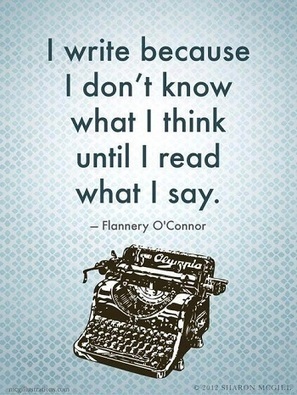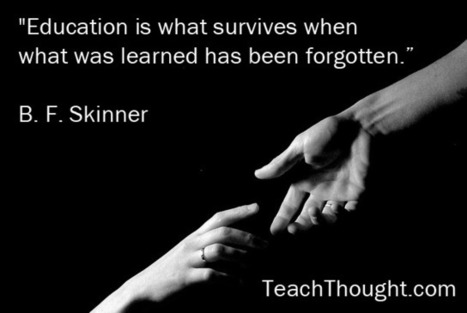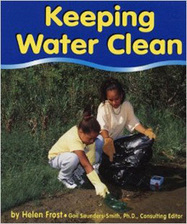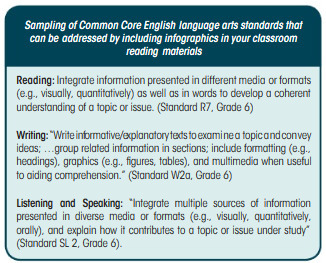"We offer these lesson plan ideas to help teachers cover important skills in English/Language Arts and Social Studies. Each SKILLS-BASED IDEA and CONTENT-BASED IDEA suggests specific ProCon.org topics and resources that are particularly well-matched to the lesson and designed to help you meet multiple curriculum goals."
|
|
Scooped by Beth Dichter |
Beth Dichter's insight:
ProCon is one of my favorite websites. The mission of the site is to promote 'critical thinking, education, and informed citizenship by presenting controversial issues in a straightforward, nonpartisian, primarily pro-con format." There are 52 controversial topics that are available, and they have just released 20 lesson plans. Seventeen of the lesson plans are skill- based and three are content-based. The lesson plans are geared to learners in grades 5 - 12. Below is a list of two skill-based lessons and two content-based lesson, along with the grade levels.
Skill-Based (material quoted from site):
* Critical Thinking Quotes - Engage students in a metacognition exercise about critical thinking and also practice research and informational writing skills using ProCon.org's collection of critical thinking quotes. Grades 9 -12.
* Main Ideas of Visual References - Use charts and graphs on ProCon.org to engage students in a visual literacy exercise. Grades 6 - 8.
Content-Based
* Exploring Controversial Issues in Literature - To introduce a novel, use ProCon.org to help students build background knowledge and examine the novel’s controversial issue(s). Grades 5 - 10.
* Drug Ads Over Time: Analyzing Historical Images - Use ProCon.org's Gallery of Drug Ads to give students an opportunity to practice ad analysis and recognize how methods and messages have changed over time. Grades 5 - 10.
To access the 52 issues that have detailed information and provide references (and links) to the materials used click on the Home page and you will find topics in Education, Elections & Presidents, Health & Medicine, Media & Entertainment, Money & Business, Politics, Religion, Science & Technology, Sex & Gender, Sports, and World/International.



 Your new post is loading...
Your new post is loading...


















Thx Beth Dichter!
Great skills building via content-based articles that center on hot topics in the news related to science concepts (and others).